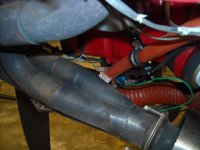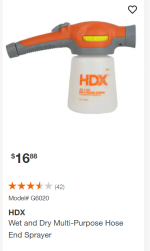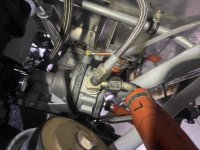In my RV-7, the fuel runs into the engine driven fuel pump through a 90 degree bend at the pump. After the pump, it makes another 90 degree bend downward (where the pressure is measured), then another 90 degree bend to the horizontal, and then a 45 degree bend just before the fuel flow transducer. Seems to me, straighter lines would be best.
With just the engine driven pump running at cruise, my measured fuel pressure seems to bounce up and down some, and trends towards the low side (17-20 psi). I have the IO-360 angle valve engine.
Is straightening out this fuel run desirable? Might it be causing low/bouncing fuel pressure? What can be done about it? What fittings, etc?
With just the engine driven pump running at cruise, my measured fuel pressure seems to bounce up and down some, and trends towards the low side (17-20 psi). I have the IO-360 angle valve engine.
Is straightening out this fuel run desirable? Might it be causing low/bouncing fuel pressure? What can be done about it? What fittings, etc?







